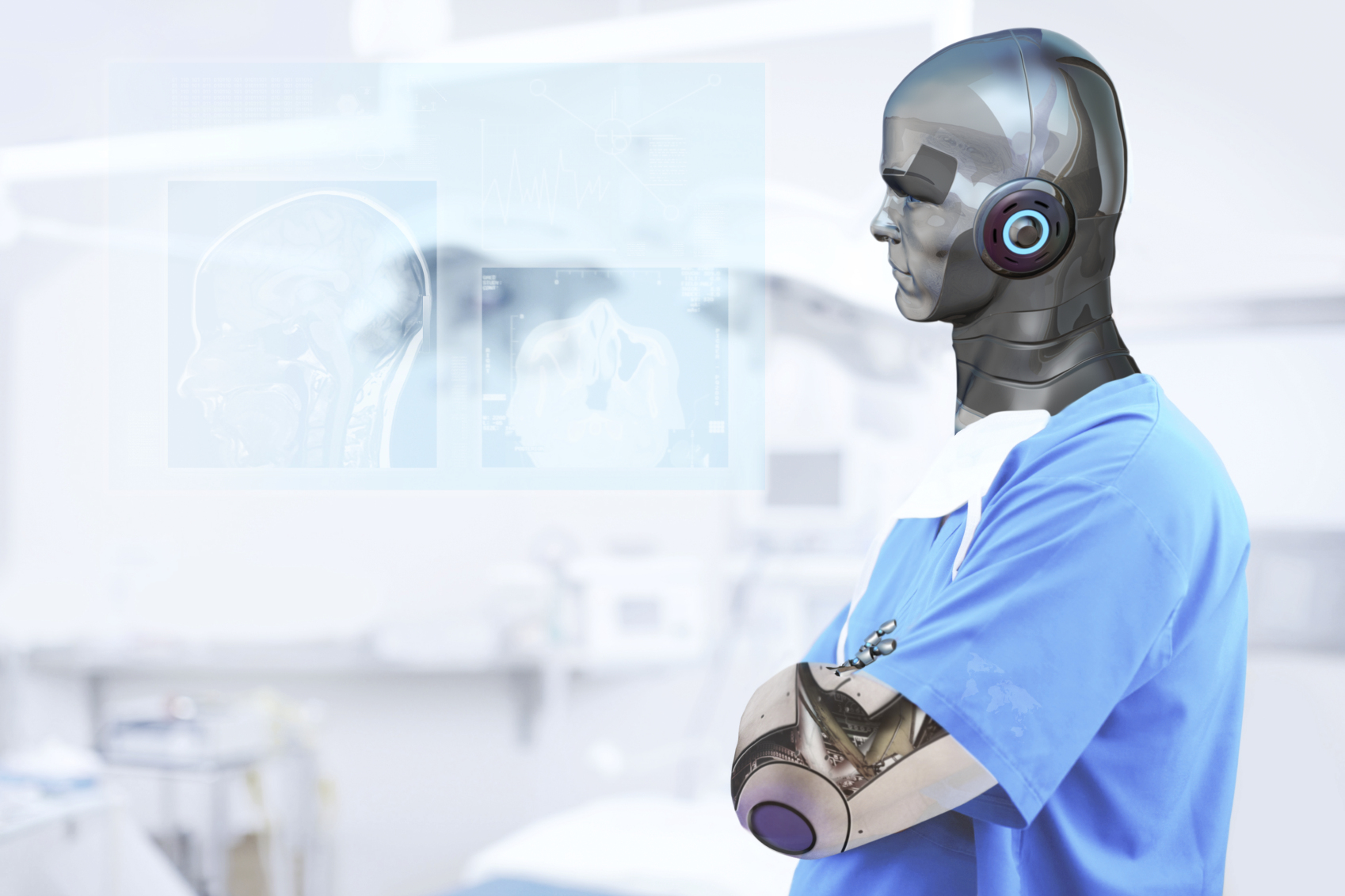
It seems only yesterday that AI was introduced as a new tool to help people live healthier lives on earth. Now it’s being touted as a tool to help people live healthier lives in outer space, too.
According to a recent article at Forbes, as NASA develops plans to send astronauts ever further into space, the agency is increasingly interested in understanding the impact extended space travel will have on the bodies and overall health of the astronauts manning the missions.
Specifically, NASA is working with the Translational Research Institute for Space Health (TRISH), “a consortium led by Baylor College of Medicine that includes CalTech and MIT. The consortium is using cutting edge biomedical research and implementing a ‘bench-to-spaceflight’ model to move new advanced methods to astronauts in space.”
TRISH recently awarded a grant for a study called the Space-Feasibility Body Composition and Body Shape Analysis for Long Duration Missions (ASTRO3DO) to John Shepherd, PhD at the AI Precision Health Institute (AI-PHI) at the University of Hawai’i Cancer Center. Shepherd is co-founder and Principal Investigator of the AI-PHI and is known for his expertise using AI to analyze medical images.
With support from the grant, researchers at the AI-PHI are studying “how body shape information is related to health markers like strength, body composition, and blood biomarkers. 3D optical models can accurately estimate bone and body composition and can be used to monitor frailty risk. Researchers can learn many things by analyzing this data using AI.”
Moreover, to help astronauts prepare for long duration space missions, “the team is designing customized 3D optical scanners using AI to monitor astronauts’ body composition in space. The objective is to determine the optimal performance and space feasibility of 3D optical cameras to collect views of the body, and explore the precision of 3D optical derived total body composition.”
According to the article, “the most intuitive warning sign of functional decline is change in body shape. Body shape is the product of all omic processes.”
The research team’s overall goal is to “develop breakthrough approaches that reduce risks to human health and performance, and efficient ways for astronauts to monitor and measure bone and muscle mass to help them prepare for even longer exploration missions.”


